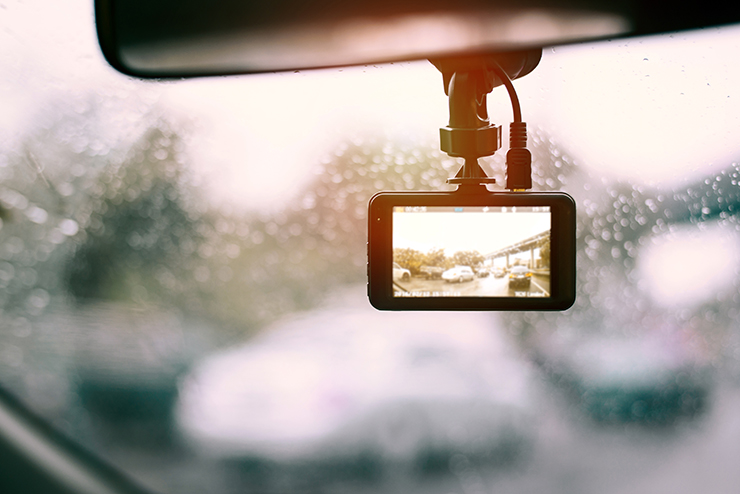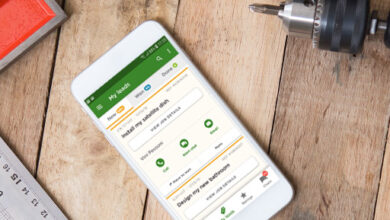Dash cameras and why every tradesperson should have one
Dash cameras are becoming increasingly popular with tradespeople. Dan Powell, editor of Honest John Vans, explains why.
If you’ve ever visited YouTube then you’ve probably seen dash cam footage. These little cameras are becoming increasingly popular with tradespeople and can be invaluable when it comes to proving who was at fault in a road traffic accident.
The principle of a dash camera is simple – it records short clips on a constant loop and, if you have an accident, you can save the video footage and send it to your insurer. This can then be submitted as evidence to prove who’s at fault and also be used in a court of law to prosecute dangerous drivers or ‘cash for crash’ fraudsters.

Dash cams are particularly useful for tradespeople who spend long periods in their van because – by law of averages – they have an increased chance of running into trouble simply because they’re on the road for longer periods than most other non-professional drivers.
Why dash cams are useful for tradespeople
If you’re in an accident, not only will a dash camera help prove who was at fault, but it will also reduce the amount of time it takes to settle the insurance claim, which means you can get your van back on the road and back to work in significantly less time. It’s worth remembering, of course, that dash cameras work both ways – so if you do something stupid or make a mistake on the road then it will prove your guilt just as much as it will demonstrate your innocence.
Access 75,000 leads a month and build your reputation online.Enquire now
Features to look for
These days there are dozens of dash cameras available to suit all budgets, with HD cameras that provide 4k ultra high definition to apps for your mobile phone that perform the same basic function but cost nothing to download. Regardless of your budget, you should always ensure that the app or camera will automatically save film clips and make a note of the location, time and date of the incident.
While downloadable apps are appealing, provided you have a suitable smartphone, it’s important to remember that you’ll need to buy a cradle to attach your phone to the windscreen. Mobile phone apps will also provide a much lower quality recording – compared to a dedicated dash camera – and will take their toll on the battery life of your phone.
If you spend long parts of your day behind the wheel, then the quality of a dash camera is probably a high priority. Ideally you’ll want a 1080P camera – also called full HD resolution – and a recording rate of 60 frames per second. These features will provide much better clarity – especially at night – making it easier to pick out finer details in the footage, such as number plates, road conditions and vehicle damage.
Essential dash cam tips
- Consider having your dash cam professionally fitted. Some garages or retailers will do this for £30 and tidy away all of the wires. They will also program the camera for you so it automatically switches itself on when the engine is started.
- If self-fitting, your dash cam should not be mounted above the steering wheel or directly in front of the driver. Place it on the passenger’s side of the van, behind the rear-view mirror. The camera must have a good view of the road, but not be more than 40mm into the area where the wiper blades operate.
- If your van is parked on the road, consider getting a camera with a park mode. This will prompt the camera to switch itself on if it detects an impact or movement.
- Some cameras feature an inbuilt screen, but it’s illegal to drive with this switched on. Always ensure the screen is off before you start your journey.
Read more tips including how to prevent van theft and the different ways of financing a new van.





Be aware that you need to check that your dash came is not loosing footage when you think it is recording. I’ve had to return two Nextbase 512G which are great when they are working. I’m on my third one and check it every few weeks by making sure that every sequence in a journey will actually play back. No need to play the whole sequence.
Good tip Richard, thanks for sharing!